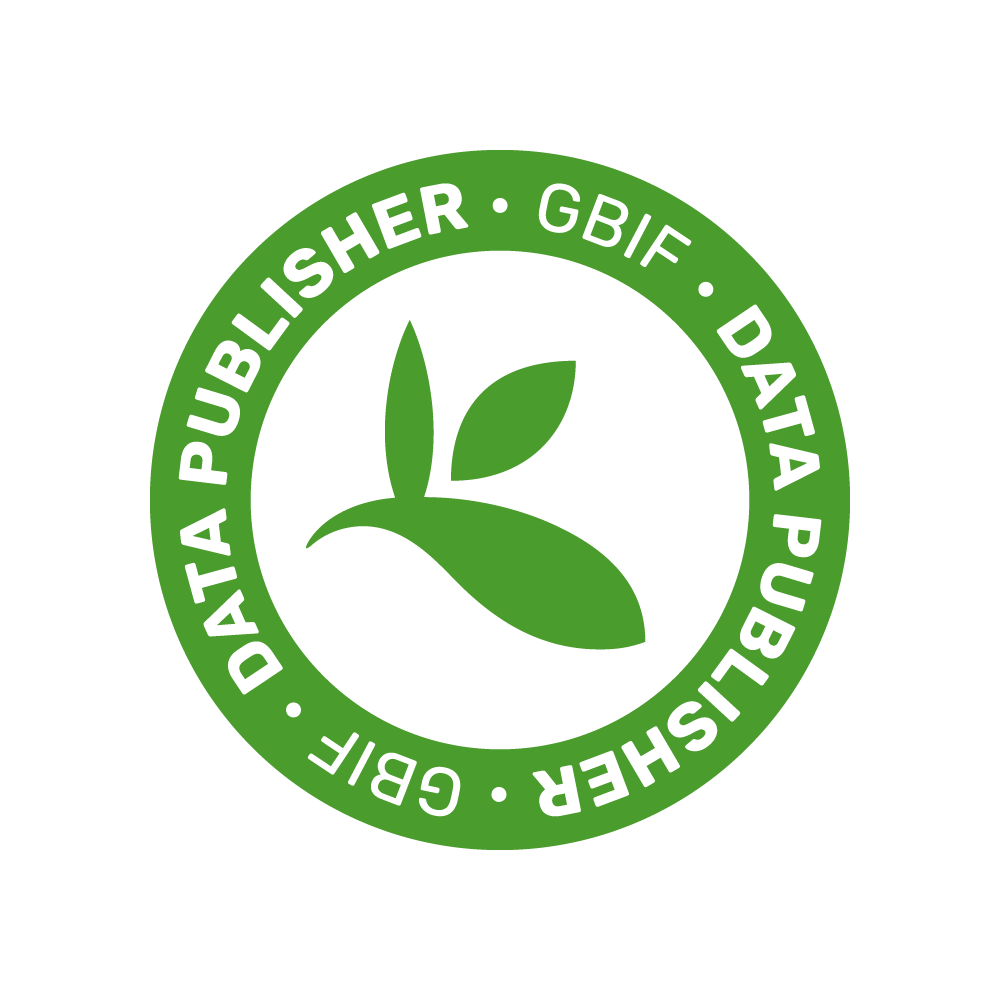|
Description
|
Mycotoxins are “natural” contaminants of foods and are classified as secondary metabolites produced by microfungi that can cause disease and death in humans and other animals. All mycotoxins are low-molecular-weight molecules and constitute chemically heterogeneous groups of toxic compounds. Ochratoxins (OTs) are a group of mycotoxins, produced by different Penicillium and Aspergillus molds contaminating cereals, legumes, grapes, coffee beans. Due to their high stability, OTs can pollute also foods obtained with contaminated ingredients, as fermentation products (wine, beer, cider). The myco-toxicologically most relevant compound among those identified is Ochratoxin A (OTA), well known for its nephrotoxic effects. Given the known human exposure and the abundance of toxicological data from animal studies, the European Union Scientific Committee has recommended that OTA levels should be lower than 5 ng/kg of body weight per day and has set the maximum levels allowed in processed food, as wine, beer, coffee. The International Agency for Research on Cancer has rated OT as a possible human carcinogen (category 2B). Although low levels of OTA can be detected using canonical high performance liquid chromatography or gas chromatography-mass spectrometry methodologies, the development of direct, reliable, rapid and highly sensitive methods for its determination is increasingly in demand and importance for public health. What: The aim of this project is to realize a new-concept low-cost integrated device establishing a paradigm shift in ultrasensitive biosensing technology. We will devise an advanced photonic architecture where the excitation of high-Q resonances associated to bound states in the continuum (BICs) modes allow to exploit the synergy between two mechanisms, i.e., refractometric and surface-enhanced fluorescencebased sensing. |




